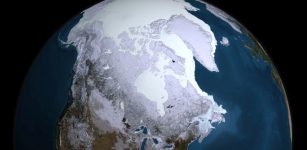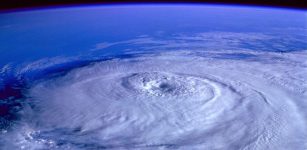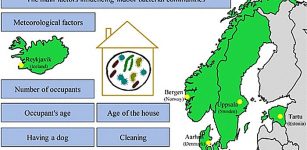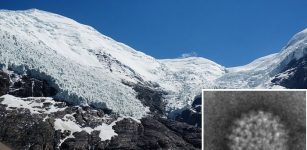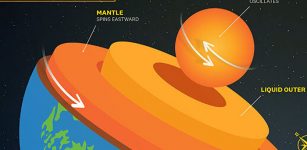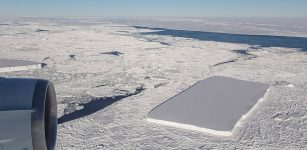Earth’s Magnetic Shielding Has Been “Severely Compromised” – It May Be In Danger!
A.Sutherland – MessageToEagle.com – How long can we rely on the Earth’s magnetosphere and its protection from the worst?
Russian space experts warn that our Earth’s magnetic shielding has been “severely compromised” and according to NASA scientists, “the event began with little warning when a gentle gust of solar wind delivered a bundle of magnetic fields from the Sun to Earth.
Like an octopus wrapping its tentacles around a big clam, solar magnetic fields draped themselves around the [Earth’s] magnetosphere and cracked it open.”
We have always believed that we are safe but that’s not true!
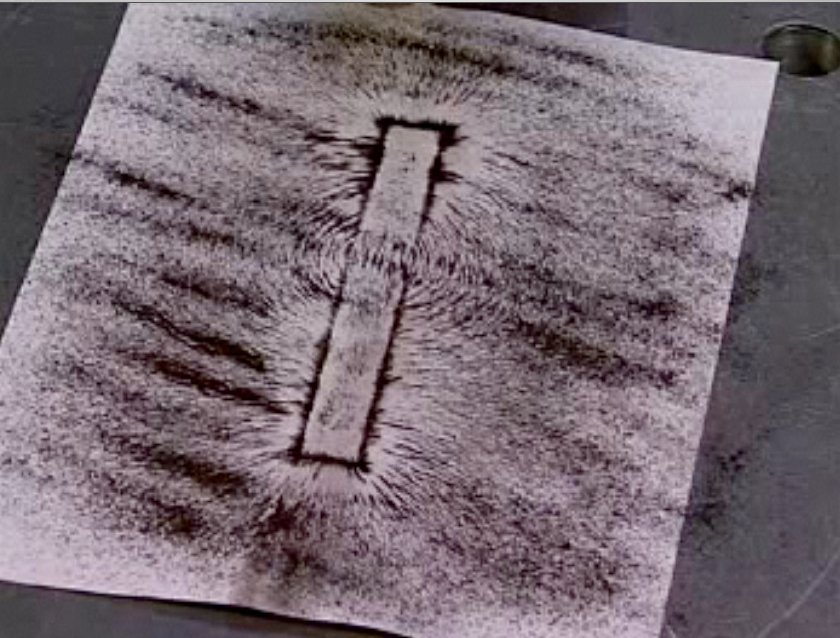
The Earth’s magnetosphere is leaking, the solar wind penetrates deeper. We are not entirely safe because the weakened field could leave our planet vulnerable to solar winds.
Earth is enveloped in a protective magnetic envelope called the magnetosphere. This can change shape in response to the sun’s effects, causing various types of space weather on Earth.
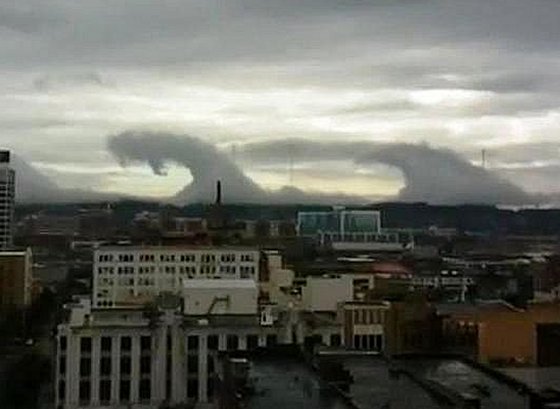
Earth’s magnetic field is our planet’s first line of defense – a shield – against the bombardment of the solar wind. This stream of plasma is launched by the Sun and travels across the Solar System, carrying its own magnetic field with it.
Depending on how the solar wind’s interplanetary magnetic field – IMF – is aligned with Earth’s magnetic field, different phenomena can arise in Earth’s immediate environment.
Cluster satellites, which have spent several years passing in and out of Earth’s magnetic field, discovered that our magnetic bubble is not uniform.
It allows solar wind to penetrate a wider range than previously thought. Our planet’s protective magnetic bubble lets the solar wind in under a wider range of conditions than previously believed.
How long the Earth’s magnetosphere is able to protect us from the Sun’s dangerous activities?
“The solar wind can enter the magnetosphere at different locations and under different magnetic field conditions that we hadn’t known about before,” says co-author Melvyn Goldstein, also from Goddard Space Flight Center.
In other words, bombardment of charged particles emitted by the solar wind and cosmic rays can surprise us and badly affect our life on Earth.
In 2006, huge, 40 000 km swirls of plasma along the boundary of the magnetosphere – the magnetopause – could allow the solar wind to enter, even when Earth’s magnetic field and the interplanetary magnetic field (IMF) are aligned.
These giant vortices are driven by a process known as the Kelvin-Helmholtz (KH) effect, which can occur anywhere in nature when two adjacent flows slip past each other at different speeds. Examples include waves whipped up by wind sliding across the surface of the ocean, or in atmospheric clouds.
Analysis of data gathered by Cluster satellites show that KH waves can also occur at a wider range of magnetopause locations and when the IMF is arranged in a number of other configurations, providing a mechanism for the continuous transport of the solar wind into Earth’s magnetosphere.
“We found that when the interplanetary magnetic field is westward or eastward, magnetopause boundary layers at higher latitude become most subject to KH instabilities, regions quite distant from previous observations of these waves,” said Kyoung-Joo Hwang of NASA’s Goddard Space Flight Center and lead author of the paper published in the Journal of Geophysical Research.
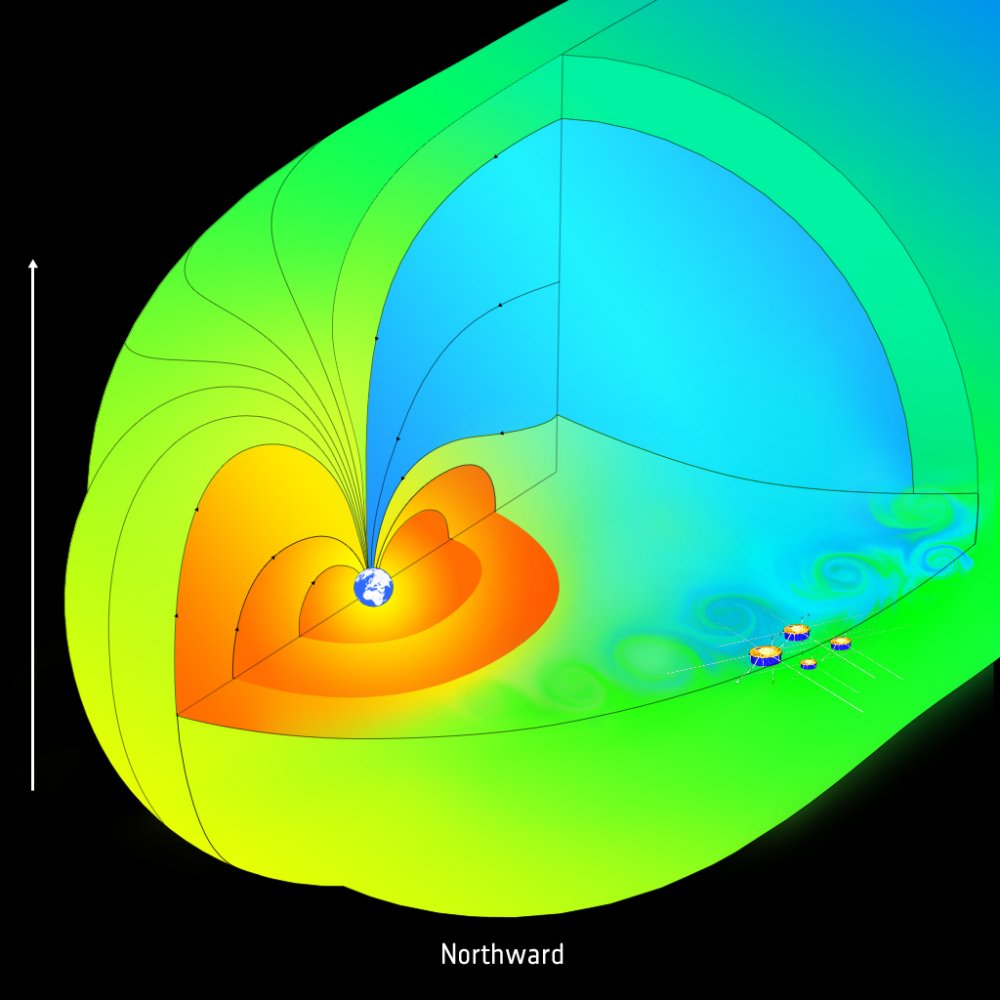
“In fact, it’s very hard to imagine a situation where solar wind plasma could not leak into the magnetosphere, since it is not a perfect magnetic bubble.” “That suggests there is a ‘sieve-like’ property of the magnetopause in allowing the solar wind to continuously flow into the magnetosphere.”
Recently, scientists discovered two large leaks in Earth’s magnetosphere, the region around our planet that shields us from severe solar storms. These leaks, found in an unexpected location, let in solar particles in faster than expected and the whole interaction works in a manner that is completely the opposite of what scientists had thought.
Also, scientists working with THEMIS data, observed that Earth’s magnetic field, which shields our planet from particles streaming outward from the Sun, develops two holes that allow the largest leaks, according to researchers sponsored by NASA and the National Science Foundation.
Our magnetic field, on which we rely so much, is a leaky shield and the number of particles breaching this shield depends on the orientation of the sun’s magnetic field, NASA scientists say.
It had been thought that when the sun’s magnetic field is aligned with that of the Earth, the door is shut and that few if any solar particles enter Earth’s magnetic shield. The door was thought to open up when the solar magnetic field direction points opposite to Earth’s field, leading to more solar particles inside the shield.
“The discovery overturns a long-standing belief about how and when most of the solar particles penetrate Earth’s magnetic field, and could be used to predict when solar storms will be severe,” according to Vassilis Angelopoulos of the University of California, Los Angeles, Principal Investigator for NASA’s THEMIS mission.
This discovery means that magnetic storms during the next solar cycle maximum (~2012) could be stronger than the storms of the previous cycle.
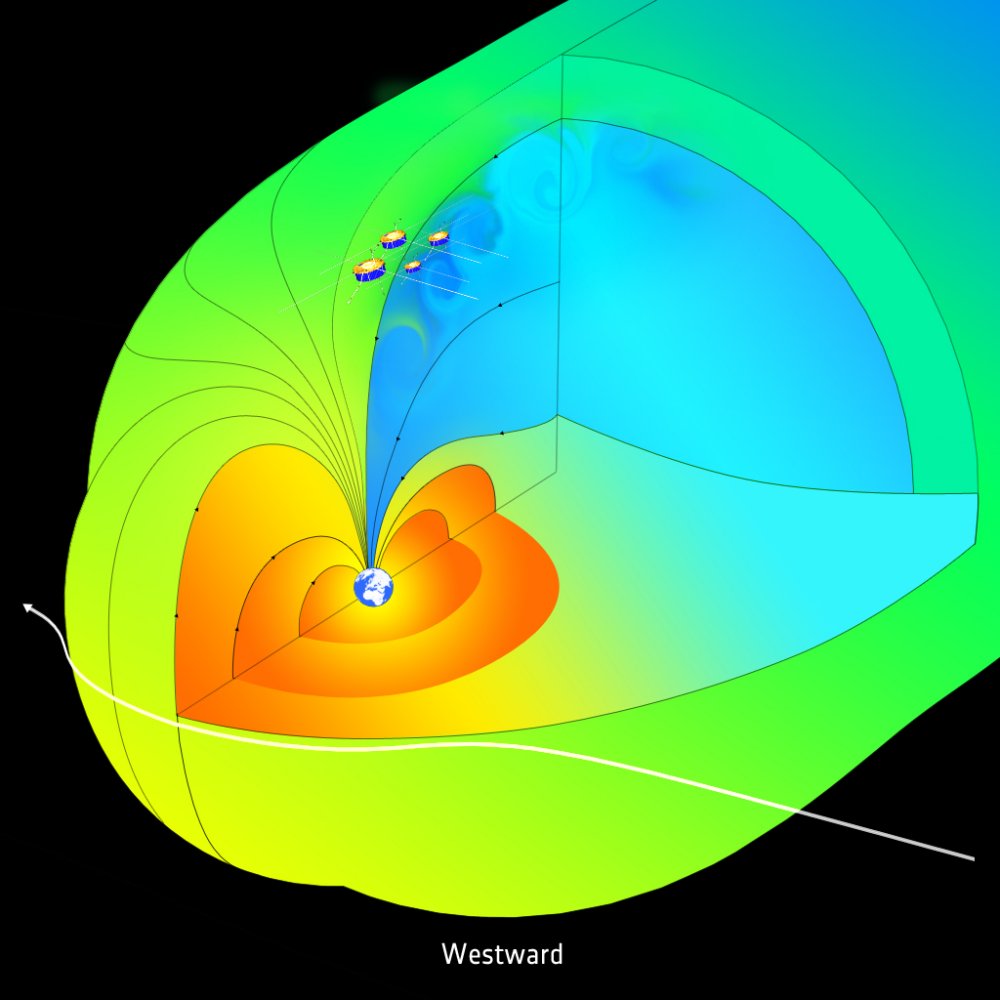
“Twenty times more solar particles cross the Earth’s leaky magnetic shield when the sun’s magnetic field is aligned with that of the Earth compared to when the two magnetic fields are oppositely directed,” said Marit Oieroset of the University of California, Berkeley, lead author of one of two papers on this research, published May 2008 in Geophysical Research Letters.
Researchers have long suspected that this “closed door” entry mechanism might exist, but didn’t know how important it was.
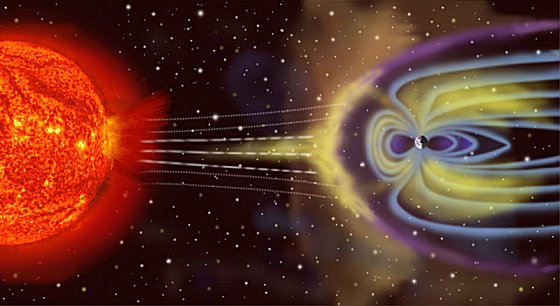
“It’s as if people knew there was a crack in a levee, but they did not know how much flooding it caused,” said Oieroset.
“We’ve found if the door is closed, the sun tears down a wall. The crack is huge – about four times wider than Earth and more then seven Earth diameters long,” said Wenhui Li of the University of New Hampshire, Durham, N.H.
Written by – A. Sutherland – MessageToEagle.com Senior Staff Writer
Copyright © MessageToEagle.com All rights reserved. This material may not be published, broadcast, rewritten or redistributed in whole or part without the express written permission of MessageToEagle.com





